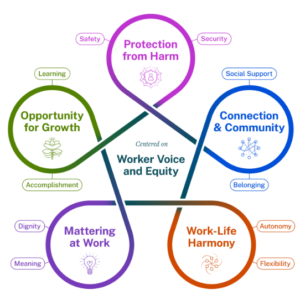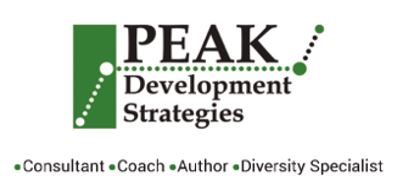
Understanding the dynamics of a toxic workplace is crucial for fostering collaboration and creating a positive work environment. A toxic workplace can significantly hinder collaboration among employees, leading to decreased productivity, low morale, and high turnover rates. Here’s a detailed exploration of how toxic dynamics manifest in the workplace and their impact on collaboration.
Signs of Toxic Workplace Dynamics
- Poor Communication: In a toxic environment, communication often becomes one-sided or passive-aggressive. This lack of open dialogue can lead to misunderstandings and mistrust among team members, making it difficult for them to collaborate effectively.
- Undefined Roles and Responsibilities: When roles are not clearly defined, employees may feel uncertain about their contributions to the team. This confusion can foster competition rather than collaboration, as individuals may prioritize personal success over team goals.
- Negative Leadership Behaviors: Leaders who exhibit favoritism or engage in micromanagement create an atmosphere of fear and resentment. Such behaviors discourage employees from sharing ideas or collaborating, as they may fear negative repercussions.
- Increased Conflicts: Frequent disputes among team members can be indicative of a toxic culture. When conflicts are not addressed properly, they escalate and create divisions within the team, further impeding collaborative efforts.
- Lack of Support and Resources: Employees who do not receive adequate support from management or lack necessary resources may feel overwhelmed and frustrated. This sense of helplessness can diminish their willingness to collaborate with others.
Impact on Collaboration
The presence of these toxic dynamics can severely impact collaboration in several ways:
- Decreased Trust: Trust is foundational for effective collaboration. In a toxic environment where communication is poor and conflicts are frequent, trust erodes, making it challenging for team members to rely on each other.
- Reduced Engagement: Employees in toxic workplaces often experience low morale and disengagement from their work. This lack of enthusiasm translates into minimal participation in collaborative projects or initiatives.
- Stifled Innovation: A culture that discourages open communication stifles creativity and innovation. Team members may hesitate to share new ideas or take risks when they fear criticism or backlash from peers or leaders.
- Increased Turnover Rates: High turnover rates are common in toxic workplaces as employees seek healthier environments. The constant influx of new personnel disrupts established teams and makes it difficult to build cohesive collaborative relationships.
To counteract these negative effects, organizations must actively work towards transforming their workplace culture by promoting open communication, defining clear roles, supporting employee development, addressing conflicts constructively, and modeling positive leadership behaviors.
By recognizing the signs of toxicity and understanding its impact on collaboration, leaders can take proactive steps to create a more supportive environment that fosters teamwork and enhances overall organizational performance.

Recent Comments